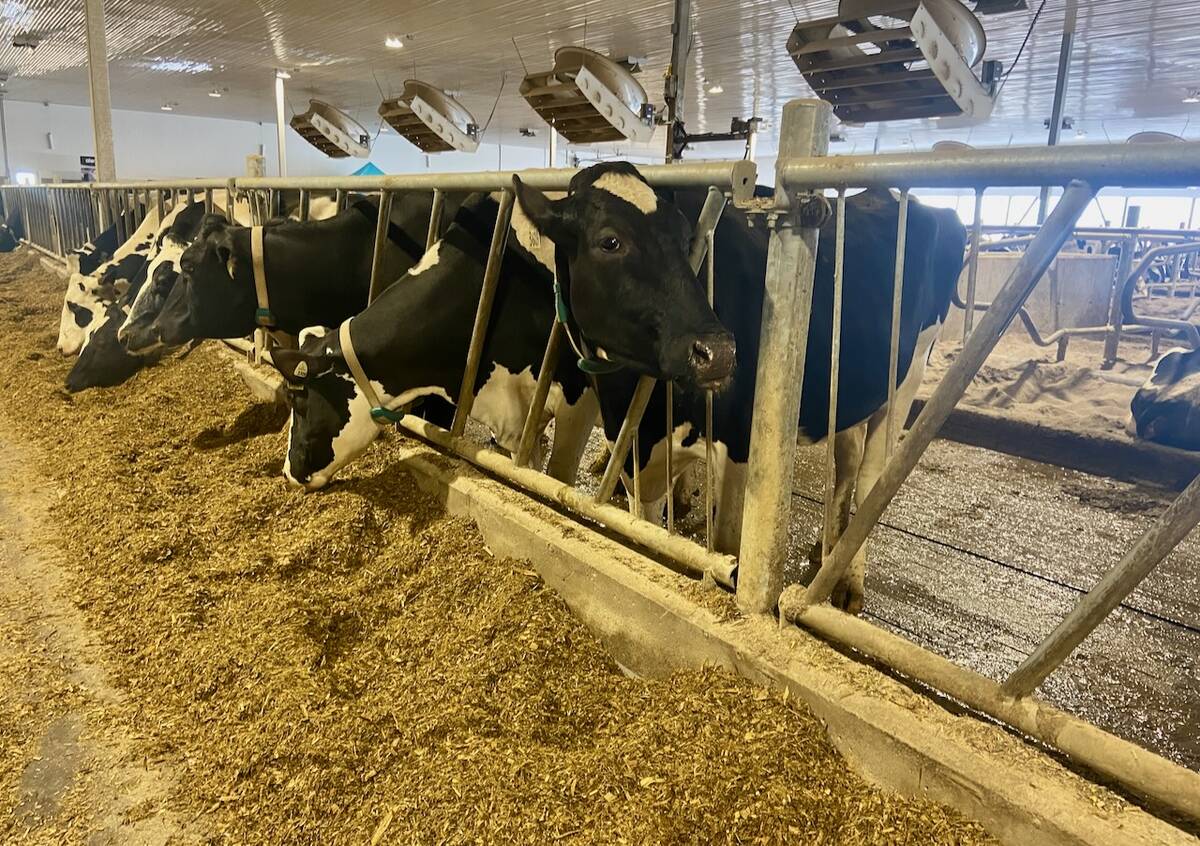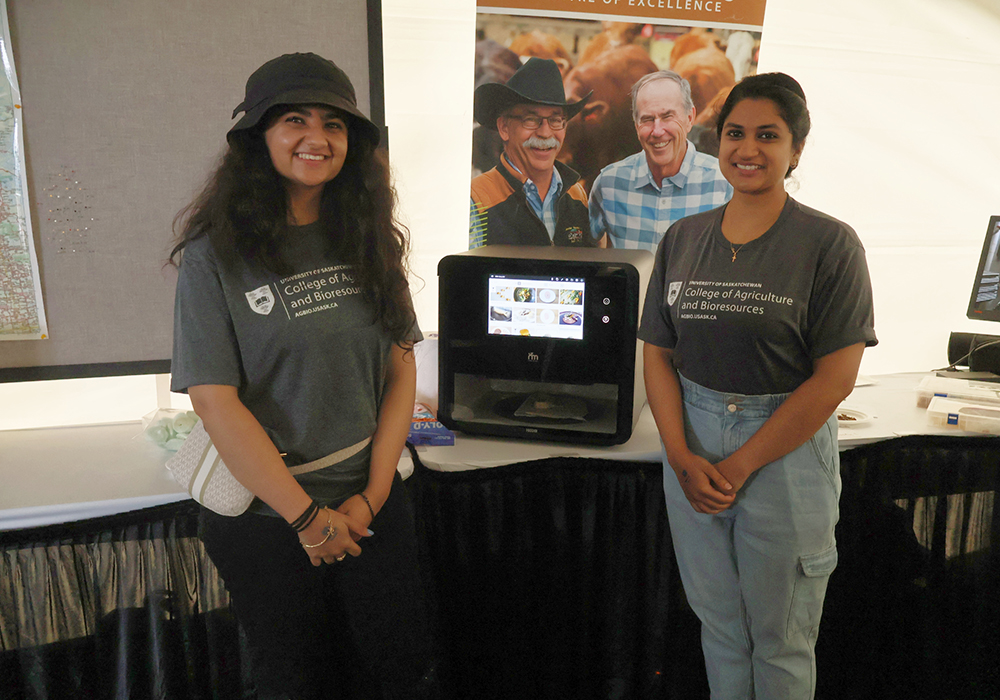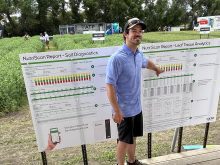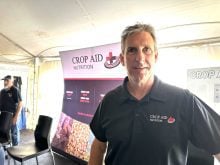With the development of 3D printing, the age of Star Trek replicators.
For masters student Rhea Thomas Thommana and PhD student Kashika Sethi, food replication is on the horizon as well.
Thomas Thommana and Sethi were at Ag in Motion this week showcasing an ongoing 3D printing project spear headed by Michael Nickerson (Food and Bioproduct Sciences) and Allison Cammer (Pharmacy and Nutrition), in partnership with Sara Lui from the Saskatchewan Food Industry Development Centre.
Read Also

U.S. farm group supports supply management
U.S. grassroots farm advocacy group pushing new agriculture legislation that would move towards supply management like Canada has for dairy industry
Three-D printed food already exists but through the food sciences program at the University of Saskatchewan, researchers are designing plant-based meats made from pea protein and other ingredients for patients suffering from disphyahia (difficulty swallowing) in long term care homes.
“We’re still trying to figure out those concentrations to make it shelf stable and also maybe in the future we could try dehydrating them, making it into a powder,” said Sethi.
Their result will be nutrient-rich and edible final products with implications in the healthcare field. The pea protein slurry they had on display was just a starting point containing pregelatinized starch, canola oil, and water.
“This particular slurry is basically made for the patients with dysphagia who have difficulty swallowing,” said Sethi.
The benefits of a 3D printer is that the slurry can be made into different shapes, texture, colours and tastes to make them palatable, both to adults and even children who need a nutritional boost.
Finding the right consistency also means finding a way to adjust the ingredients to fit different nutritional needs, said Thomas Thommana, as this research could mean tailor-making hospital foods to fit the needs of individual patients.
“People who actually have dietary restrictions can actually consume these things because these are made out of basic compounds that are safe for everybody,” she said.
Finding the right moisture content, the right protein source, and right composition of other ingredients has been the challenge. While a pea protein was on display at the University of Saskatchewan booth, Thomas Thommana said they are working with fava beans, canola, different oil seeds, and other beans to see which one would work the best.
With a three-minute printing time, there will be a level of convenience in their 3D printed food recipes, especially as 3D printers become more and more popular.
“We basically put it in the 3d printer and then we get high protein content, nutritious food out of it in the shape and size that we need.”
For Thomas Thommana and Sethi, this future of everyday food replication is more than just something out of science fiction, but the end goal of their research. This research is funded by the Saskatchewan Ministry of Agriculture Development Fund.















